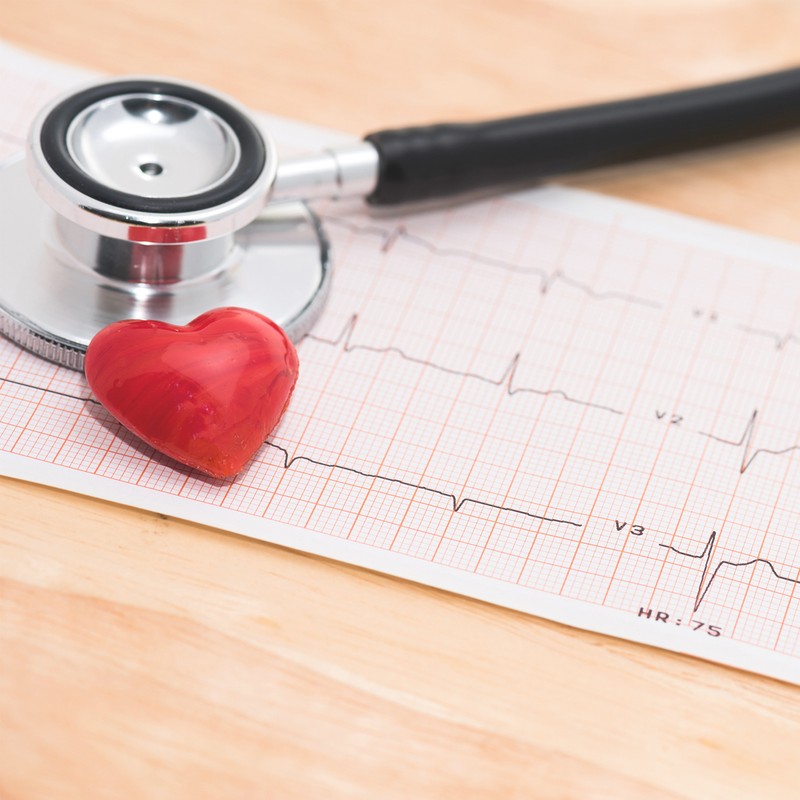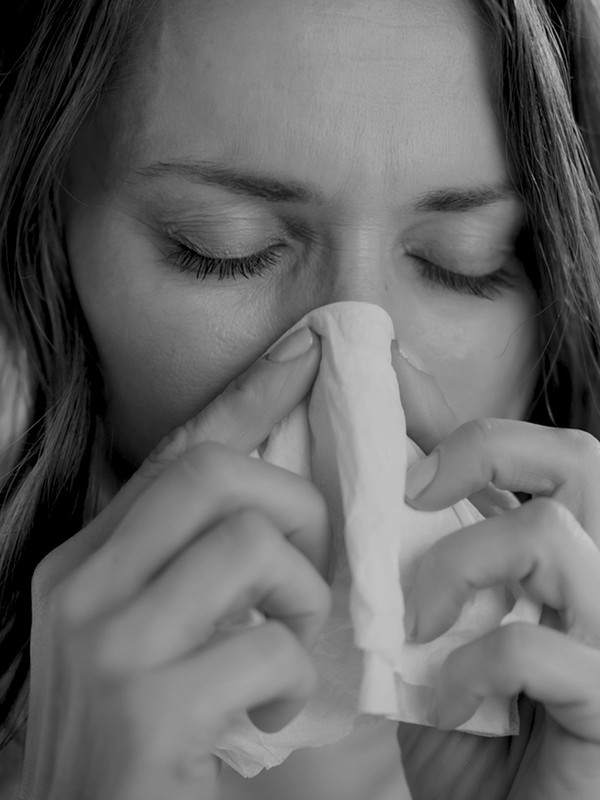Heart Attacks In Young People Are More Common Than You Think
It is a common misconception that heart attacks only happen to the old and unfit. Heart attacks can happen to people of all ages. They can also be exacerbated by exercise in otherwise fit and healthy people. “Every week, 12 seemingly fit and previously healthy young people under the age of 35 die unexpectedly from a heart attack,” warns Emma Hammett, CEO of First Aid for Life. “Young Sudden Cardiac Death (YSCD) describes the death of a young person within 12 hours of apparently normal health – in 80% of fatalities there are no previous symptoms. Furthermore, playing sport or exercising, while usually fantastic for your health, could put you up to three times more at risk from having a heart attack if you have an undiagnosed heart condition.”
Fortunately a free simple test can flag up whether you have an underlying heart problem. Here, Emma walks us through everything we need to know…
First of all, can you tell us the difference between a heart attack and a cardiac arrest?
A heart attack is when one of the coronary arteries becomes blocked. The heart muscle is robbed of its vital blood supply and, if left untreated, will begin to die, because it’s not getting enough oxygen. If you are having a heart attack you will be conscious.
A cardiac arrest is when a person’s heart stops pumping blood around their body and they stop breathing normally. If you are in cardiac arrest you will be unconscious and need to receive CPR immediately. Using a defibrillator and calling an ambulance give those in cardiac arrest the best chance of recovery.
How do heart attacks affect young people?
In young people, sudden cardiac death describes an unexpected and immediate fatality from a heart problem within 12 hours of apparent normal health. In fact, some young cardiac deaths are so unexpected and without warning they are mistakenly attributed to drowning or road accidents. What adds to the shock and distress of YSCD is in the vast majority of cases – around 80% – there were no signs or symptoms. This makes cardiac screening crucial.
What are the risk factors for heart attacks in young people?
The British Heart Foundation identifies the following as risk factors: an undiagnosed heart condition; a history of cardiac disease, cot death or fitting in their family; or if they have previously suffered from fitting, passing out, shortness of breath or palpitations. Or other factors such as Long QT Syndrome (LQTS), a condition which results in an increased risk of an irregular heartbeat, causing palpitations, fainting, drowning, or sudden death.
Are there known triggers?
These incidents can be triggered by exercise or stress. If someone who plays sport carries an undiagnosed heart condition capable of causing sudden cardiac death, they are three times more likely to die when playing sport. However, many young people who have been diagnosed as having a cardiac abnormality are able to continue to enjoy and excel at their sports, and are much safer being appropriately treated and monitored.
What are the symptoms?
You will probably feel extremely unwell and are likely to be pale, clammy and light headed – listen to those symptoms and phone for help quickly. A heart attack can also lead to a cardiac arrest, in which your heart stops pumping blood and normal breathing stops.
The classic symptoms of a heart attack include pain in the chest, especially in the centre, that lasts for a few minutes and comes and goes. This discomfort may feel like pressure, tightness, squeezing, or an aching sensation. The pain can radiate into the neck, arms, back, jaw, or stomach. It can manifest as pain or a general discomfort. Men often experience a heart attack as chest pain – however, post-menopausal women and anyone who is diabetic are far less likely to experience the chest pain.
What should you do if you are having a heart attack?
First, call 999. Take a 300mg Aspirin only if you have been prescribed it. Aspirin works by slowing the blood’s ability to clot, so during a heart attack, it stabilizes any blood clots that might have formed and reduces the likelihood of further ones forming.
How do you treat a heart condition?
Some conditions need surgery or medical treatment, while other conditions simply need lifestyle changes and drug treatments. Some will need internal cardioverter defibrillators (or ICD) – a small device which sends electrical pulses to regulate abnormal heart rhythms; more specifically, those that can cause cardiac arrest. Some people may need cardiac surgery.
Can you test for abnormal heart conditions?
Yes, you can. Heart charity Cardiac Risk in the Young tests around 27,000 young people each year between the ages of 14 and 35. Since its launch in 1995, it has screened over 165,000 young people. The majority of those tested receive the all clear, but one in 300 tested by the screening programme will be flagged as having a potentially life-threatening condition.
How old do you have to be to have the free screening?
The screening is for those under 35 and over the age of 14. The lower age limit is 14 because this is when most teenagers are well into puberty and some heart conditions won’t fully show until then. Screening before puberty has begun means this heart issue could remain undiagnosed.
What does the test involve?
A health questionnaire considers the symptoms of cardiac diseases, such as chest pain, breathlessness, dizziness, palpitations or blackouts, as well as finding out whether there is a family history of cardiac conditions. Family history is an important predictor, as many conditions causing sudden death in young people are hereditary.
How long does the test take?
The ECG consists of 12 leads being placed on the chest wall for about two minutes. An electrocardiogram test or ECG will help flag up most common cardiac abnormalities. This ECG gives an electrical tracing of the heart and searches for its electrical faults. It also shows up any disease of the heart muscle, which is identifiable by a change in the heart’s shape, size or structure.
What happens to the results?
The results of the ECG need to be read and interpreted by a cardiologist. The majority of people leave with a clean bill of health. 4% will need further tests; 0.2% will go on to reveal a serious health issue and are then given additional help and support to manage their condition and continue to live a full and active life; 1% have a minor problem; the other 2.8% can be reassured.
Learn more about free cardiac screenings here and for more information on heart attacks click here.
DISCLAIMER: We endeavour to always credit the correct original source of every image we use. If you think a credit may be incorrect, please contact us at info@sheerluxe.com.






